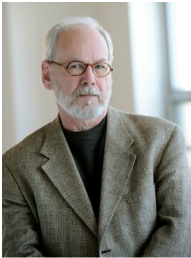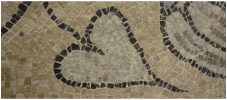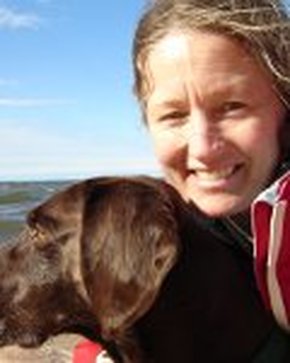|
Renée E. D'Aoust
Renée E. D’Aoust is the author of Body of a Dancer (Etruscan Press), a Foreword Reviews "Book of the Year" finalist. She has received grants from the Idaho Arts Commission and the Puffin Foundation, three Pushcart nominations, and six “Notable” mentions in Best American Essays. Forthcoming and recent publications include Brevity, Essay Daily, Los Angeles Review of Books, Ragazine, Rain Taxi, Sweet: A Literary Confection, and Trestle Creek Review. D’Aoust lives in southern Switzerland and northern Idaho, and she teaches online at North Idaho College and Casper College. She is an Associated Writers Program “Writer to Writer” mentor and the Managing Editor of Assay. Please follow her @idahobuzzy and visit www.reneedaoust.com.
|
Michael Steinberg

Richard Hoffman
|

Jo Scott-Coe

Meredith Hall
|
Renée E. D'Aoust
|


